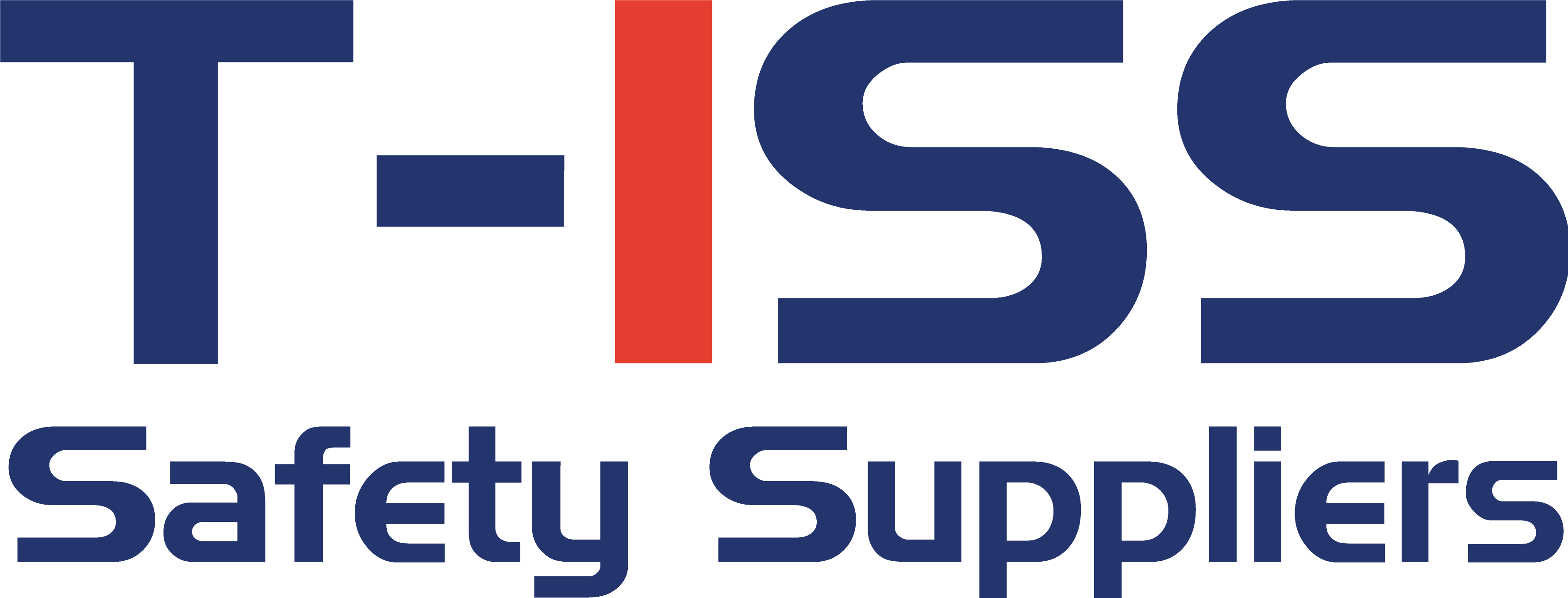Posted by Nicky Smol on September 25, 2023 in Product information

A Low Location Lighting System or LLL system is a system that makes sure all evacuation routes stay illuminated in case of an emergency. The spreading of smoke is one of the most dangerous effects of a fire, because it causes reduced visibility. But a black-out in times of emergencies can be just as dangerous. That is why illumination is important.

A low location lighting system consists of several photoluminescent (or electrical) strips and signs that will guide you to the nearest exit or assembly point.
In this article ‘Low Location Lighting System FAQ’ we answer all your LLL related questions!
On board of ships you will find a lot of (smaller) hallways. Especially on ships with passengers, there are a lot of rooms and in case of emergency, you don’t want people to panic because they can’t see where they should go. IMO & Solas regulations require that ships carrying more than 36 passengers shall be fitted with Low Location Lighting. While small corridors on ships require one-sided LLL systems, hallways that are more than 2 meters wide require mounting on both sides.
Low Location Lighting must be placed maximum 30 cm above the ground at all points of the escape route. If the LLL system is placed higher than this, there is a risk of lower visibility caused by smoke in case of a fire.
Photoluminescent signs are safety signs that are designed to absorb and store light energy from ambient sources, such as natural or artificial light. When the ambient light decreases, such as during a power outage or in a dark environment, photoluminescent signs emit a visible glow by slowly releasing the stored light energy. This glow allows the signs to remain visible and provide important information, warnings, or guidance even in low-light or no-light conditions.
Photoluminescent Low Location lighting systems have what we call ‘photoluminescent properties’, also known as ‘glow in the dark’. Just like Photoluminescent signs, the strips of a LLL systems will release the stored light into the dark.
Electrical Low Location Lighting systems however, works on electricity. Based on use of Light Emitting Diodes (LED), the Lighting Solutions electrical Low Location Lighting system is designed to mark escape routes at floor level. The system is a totally self-contained system, constantly in stand-by mode until either activated by remote control or through mains failure.
A Low Location Lighting system consists of several photoluminescent signs and LLL tapes and strips. An overview of our LLL products:
The specific regulations that apply to LLL systems may vary depending on the type of vessel, its size, and the regulatory authority overseeing it. However, there are some international standards and guidelines that are commonly followed in the maritime industry.
At T-ISS, we always comply with IEC, GL, DNV and Lloyd’s Register. When it comes to guidelines and regulations, we follow SOLAS, IMO and ISO. For a complete overview please visit our Normative & Legal page.

The process of implementing a Low Location Lighting (LLL) system begins with creating a signage plan that shows escape routes. To do so, we require approval from the competent authority. After this, our experts check the site for an inventory of the needed materials.
Once the signage plan is approved, certified installers use the approved materials to install the entire LLL system, ensuring measurable light emission performance. Inventory results are translated into sign plans, with associated costs calculated through a management system linked to site drawings.
Multiple regulations require vessels that carry passengers to have a Low Location Lighting system installed. This could be a photo luminescent system as well as an electric system. According to ISO 15370:2010 and IMO Resolution A.752 (18), all Low Location Lighting systems should have their luminance tested at least once every five (5) years. Essentially, the goal of a test/measurement of the Low Location Lighting system is to make sure that the system still has enough light output to ensure its effectiveness.
The goal of the Low Location Lighting measurement is to make sure the system still has enough light output to ensure its effectiveness. If not, the system’s performance is insufficient and won’t meet the expected standards set by the regulations. We approve our engineers according to DNVGL and use high-end equipment that measures the mentioned light output.
Depending on whether you have a photoluminescent LLL or an Electrical LLL, our trained and certified technicians will use the needed equipment to test and measure your Low Location Lighting system. We can provide this as a turnkey project for offshore, maritime, and onshore customers by providing the entire process of engineering, installing, and measuring through to certification in accordance with ISO 15370.
Do you have any questions after reading this Low Location Lighting System FAQ article? Please feel free to contact us for more information!
Helmkamp 32-34
7091HR Dinxperlo
The Netherlands
Mail: sales@t-iss.com
Tel: +31 (0) 315 656060
Fax: +31 (0) 315 656063
